ACER workshop on electricity storage
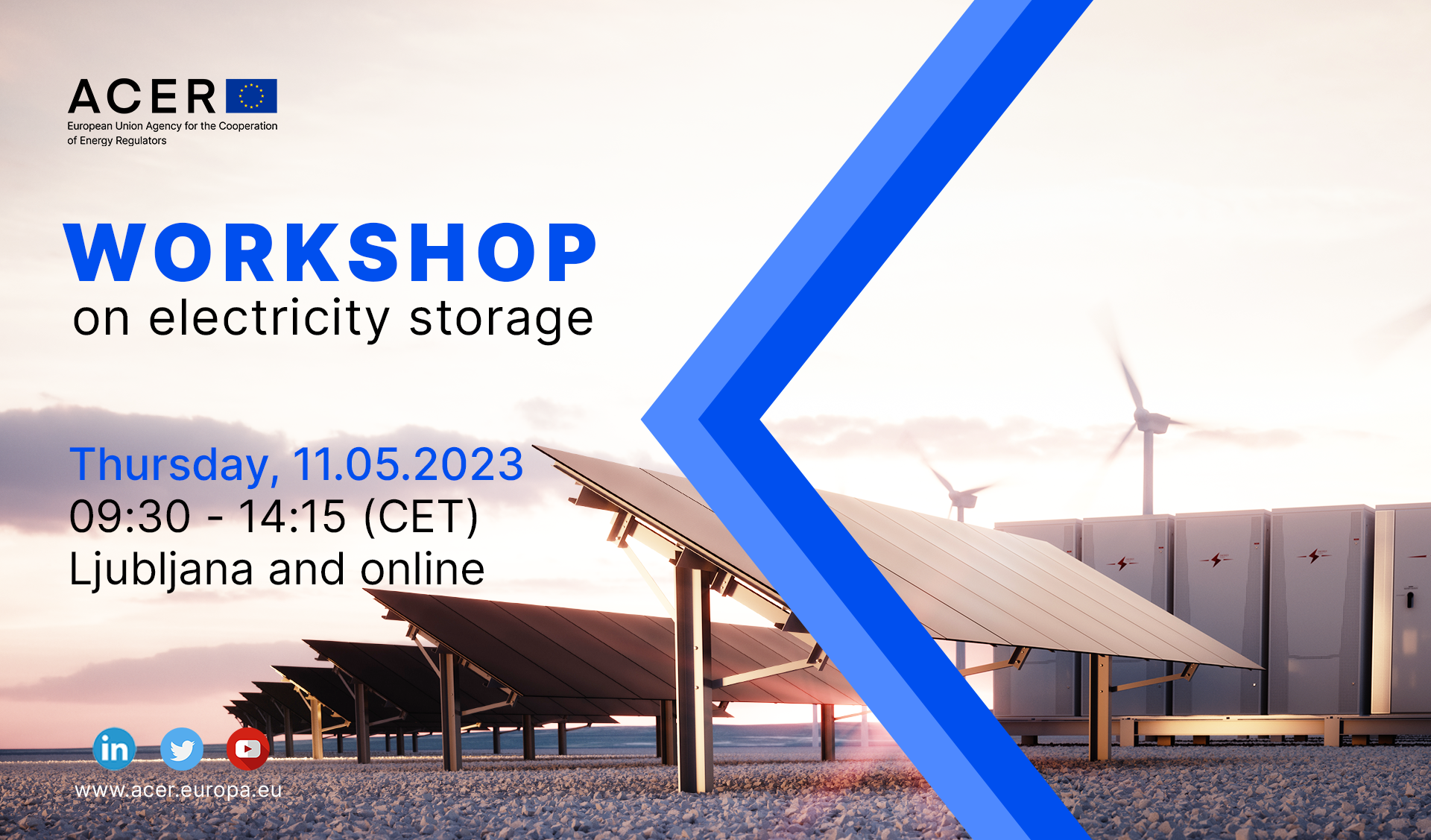

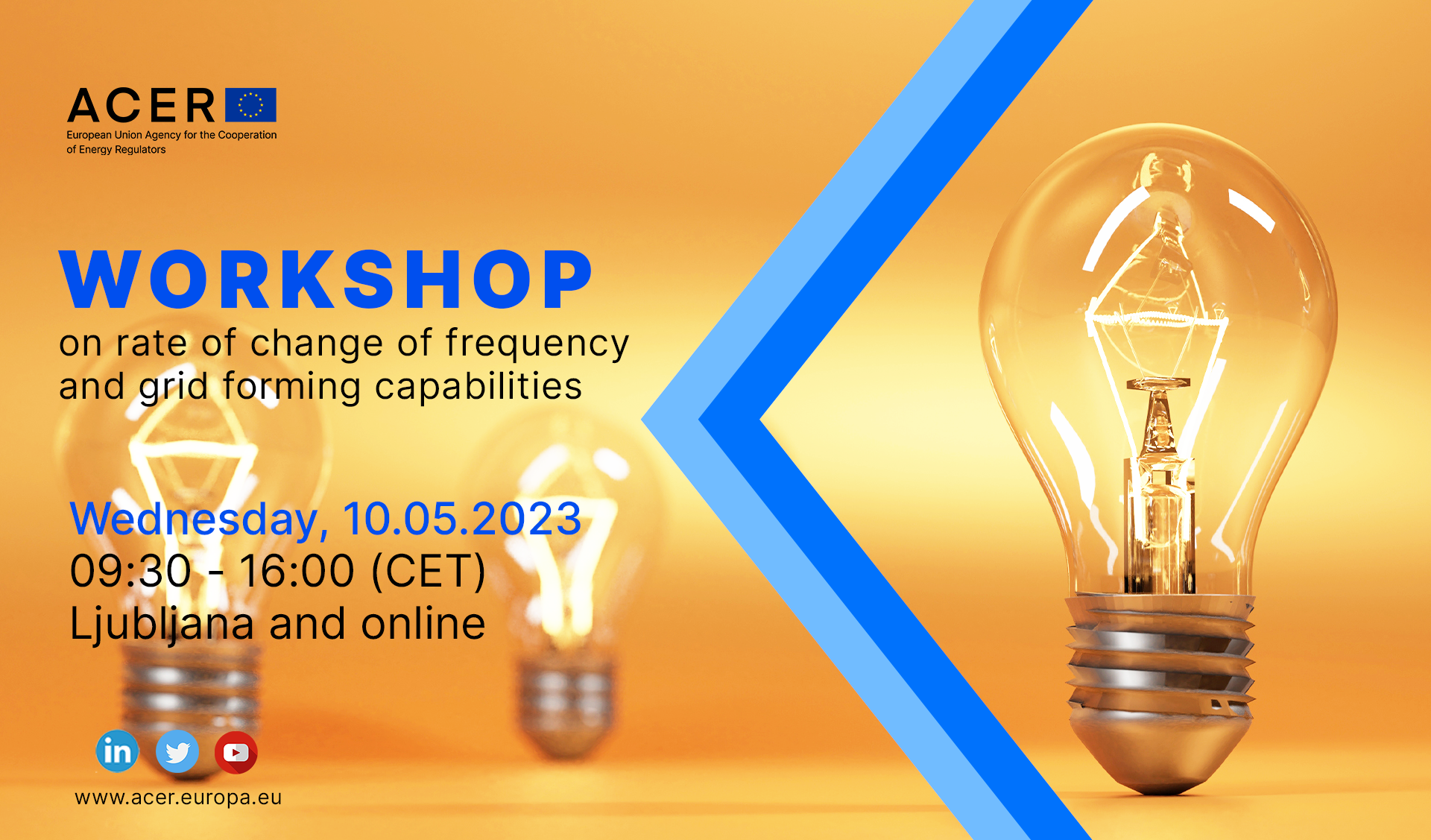
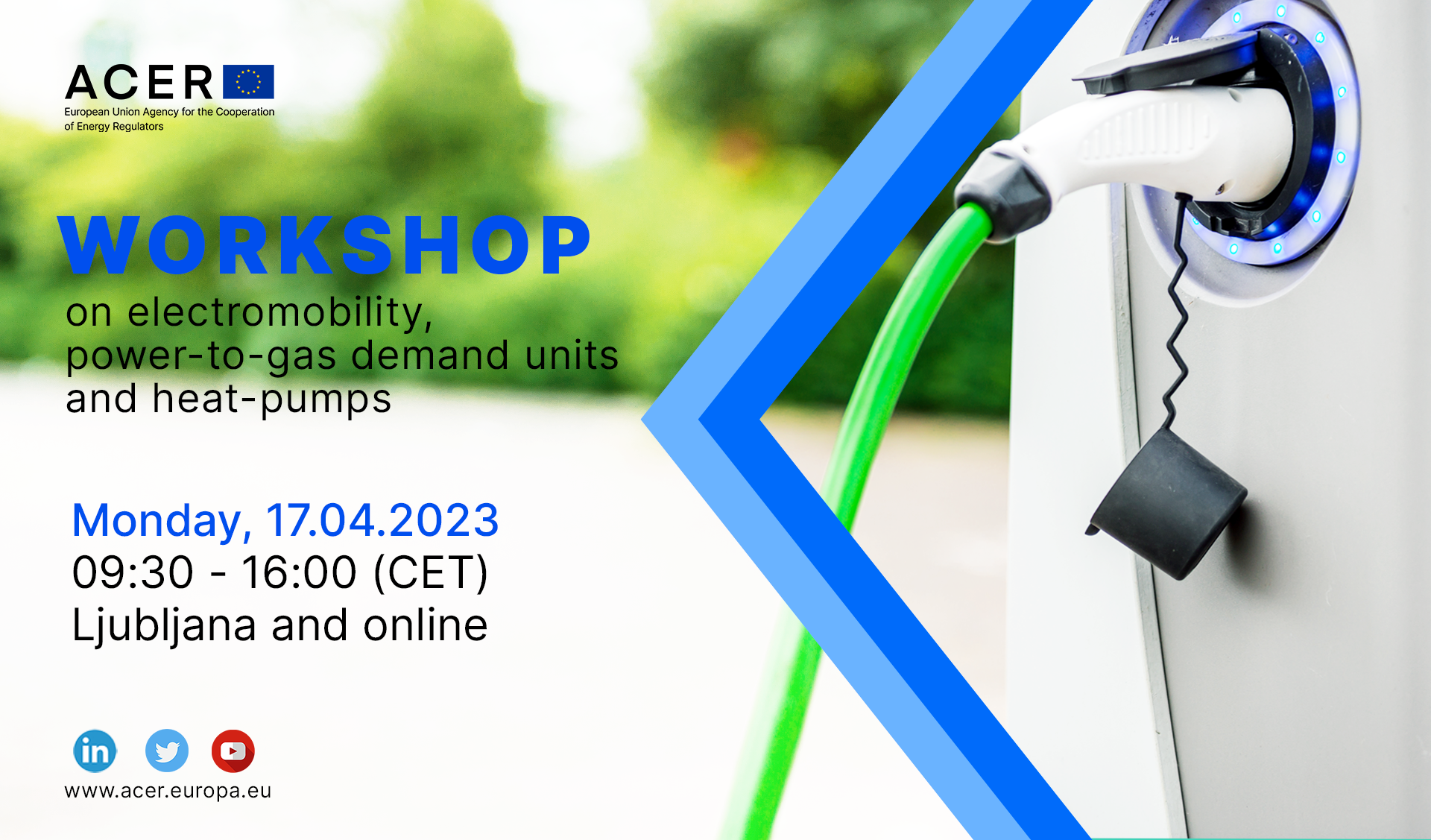
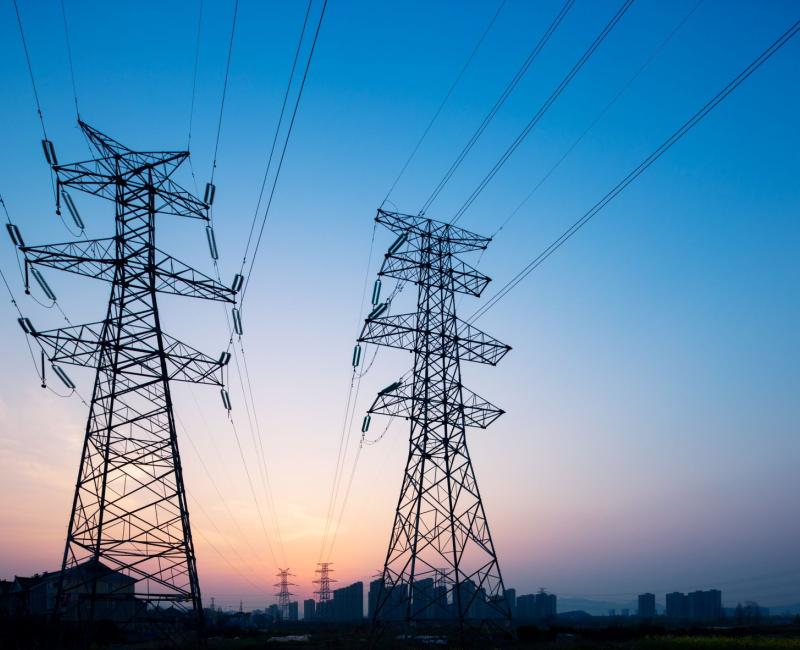
Europe’s long-term electricity market relies on so-called long-term transmission rights (LTTRs), which allow market participants to hedge their exposure across bidding zones. The allocation of those LTTRs is currently not coordinated across different borders, which leads to inefficiencies in some capacity calculation regions (CCRs).
To enable the implementation of the long-term flow-based allocation in the Core and Nordic CCRs, ACER approved on 22 March 2023 three proposals from Transmission System Operators (TSOs) for amendments to the forward capacity allocation methodologies related to:
To ensure an informed decision, ACER organised a workshop on 17 November 2022 and ran a public consultation from 26 October to 28 November 2022 to gather stakeholders’ views.
The newly approved methodologies include requirements for flow-based allocation of LTTRs, aiming to make the long-term market more efficient by allowing competition between the different bidding zone borders of a capacity calculation region and align it with the day-ahead market design. In particular, this revision was needed to enable the implementation of two ongoing projects for long-term flow-based capacity calculation and allocation; in the Core and the Nordic CCRs. To finalise this implementation, the last methodology still needs to be revised: the Harmonised Allocation Rules (HAR).
The Core region comprises 13 countries: Austria, Belgium, Czech Republic, Croatia, France, Germany, Hungary, Luxemburg, the Netherlands, Poland, Romania, Slovakia and Slovenia.
The Nordic region comprises 4 countries: Denmark, Finland, Norway and Sweden.
Access the ACER Decision 05/2023 on SAP and its Annex I, Annex Ia, Annex II.
Access the ACER Decision 06/2023 on CID and its Annex I, Annex Ia, Annex II.
Access the ACER Decision 07/2023 on FRC and its Annex I, Annex Ia, Annex II.
See the ACER Evaluation of Responses to the public consultation.
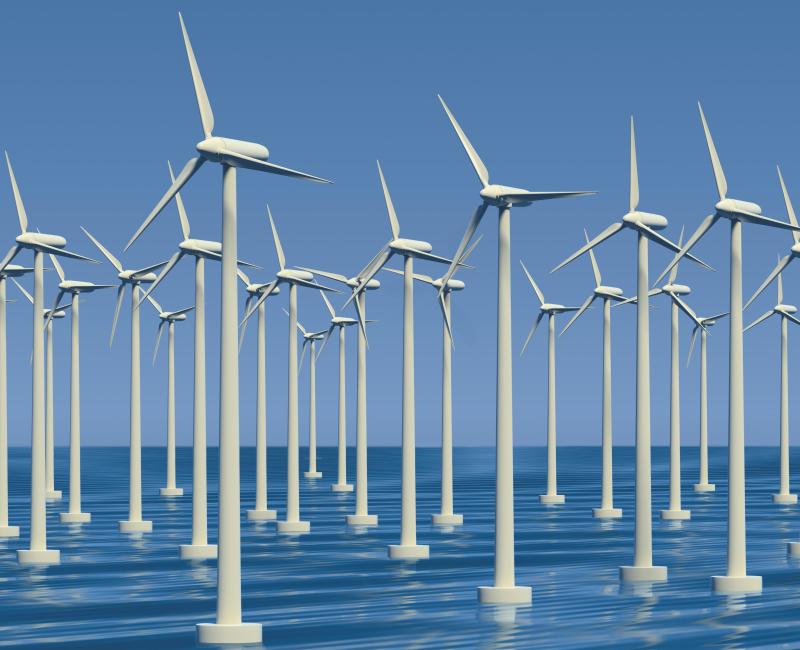
ACER’s Position Paper towards greater consistency of cost benefit analysis methodologies, published today, identifies topics where consistency is needed across the Cost Benefit Analysis methodologies (CBA methodologies) currently under development by the European Commission and the European electricity and gas grid operators.
Greater consistency of CBA methodologies will enable a more efficient energy system across Europe by ensuring similar terms of assessment of projects in a technology neutral way.
The updated TEN-E Regulation (Regulation (EU) 2022/869) introduced the task of the development of separate CBA methodologies for the various energy infrastructure categories and by different entities:
ACER must provide opinions on the ENTSO-E and ENTSOG CBA methodologies and on the draft lists of PCIs prepared by the EC. The Regulation tasks ACER with promoting consistency in the CBA methodologies developed by the EC with the CBA methodologies elaborated by ENTSO-E and ENTSOG.
To this end, ACER’s Position Paper sets out the topics where consistency should be promoted among all CBA methodologies.
The ACER Position Paper could serve as a reference document, e.g. during the cooperation with the EC and the ENTSOs during the development phase of their CBA methodologies, as well as when drafting the ACER opinions on the ENTSOs’ CBA methodologies, or when the EC Advisory Board for Climate Change forms their views on the methodologies.
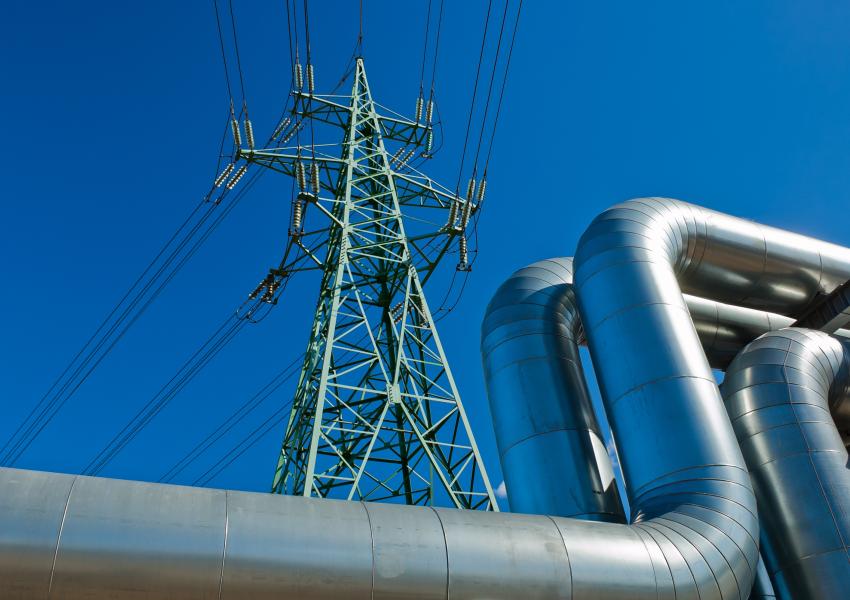

In response to the energy crisis, every Member State introduced emergency measures to support their citizens and economy, and to mitigate security of energy supply risks.
Today, ACER publishes an inventory of 400+ measures adopted by Member States to cope with the energy crisis. ACER publishes its inventory in the form of an interactive dashboard, providing a high-level analysis of the measures. In a second step, ACER will proceed with an assessment of the measures, focusing on lessons learned and publishing a fuller report in July 2023.
ACER’s detailed EU-wide picture of the energy emergency measures adopted across Europe is timely:
Lessons from measures taken over the past year and a half could help Member States direct any future energy emergency support measures, when and where deemed appropriate, to those who need it most.
ACER plans to publish a fuller analysis of emergency measures in July 2023 to further assist policy makers.
As this ACER inventory might not be complete, ACER welcomes feedback on its inventory (by 16 April 2023), to be sent to 2023_emergency_measures(at)acer.europa.eu.